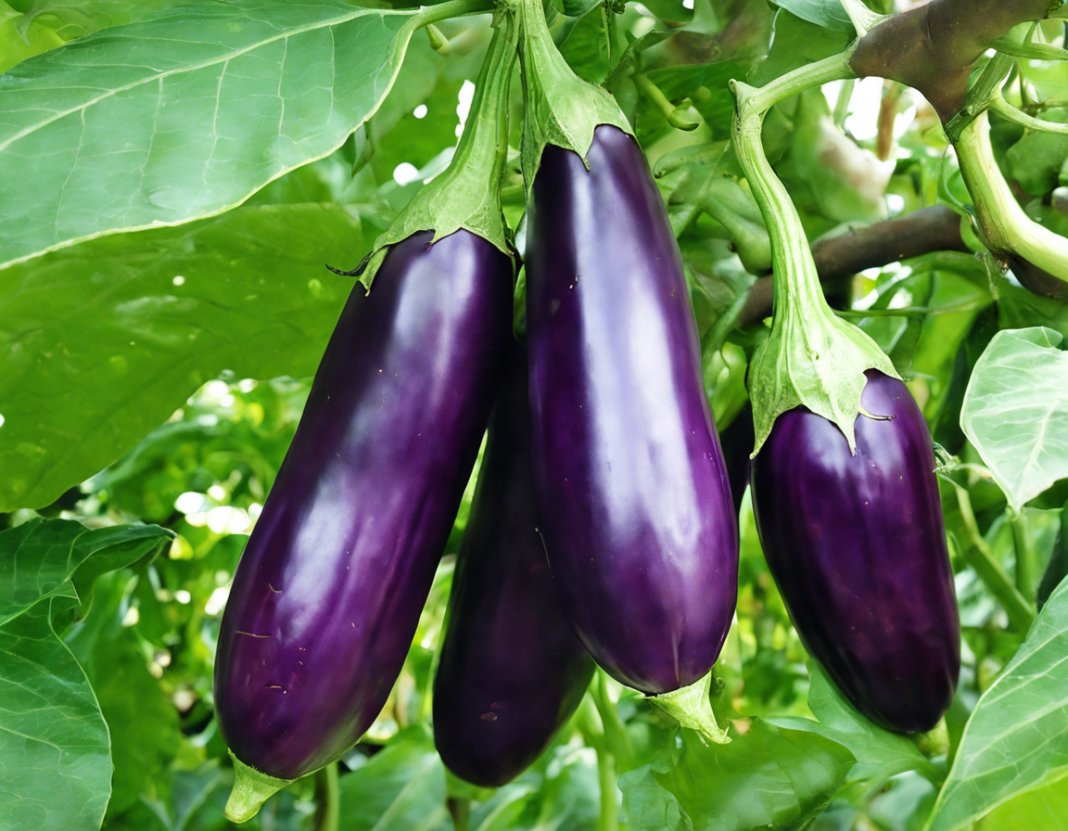Brinjal, also known as eggplant in America and aubergine in Europe, is a popular ingredient in numerous cuisines around the world. Often, there is confusion surrounding whether brinjal is a fruit or a vegetable. In botanical terms, brinjal is classified as a fruit, specifically a berry. However, in culinary contexts, it is generally treated as a vegetable due to its savory flavor profile and common use in main dishes rather than desserts or sweet dishes.
The Botanical Classification of Brinjal
In botanical terms, a fruit is the mature ovary of a flowering plant, typically containing seeds. By this definition, brinjal is considered a fruit because it develops from the flower of the brinjal plant and contains seeds. The seeds inside brinjal are responsible for the plant’s reproduction.
Culinary Use of Brinjal
Despite its botanical classification as a fruit, brinjal is predominantly used as a vegetable in cooking. It is widely used in various savory dishes, including curries, stir-fries, stews, and salads. In many cuisines, brinjal is treated as a vegetable due to its taste and culinary applications.
Nutritional Benefits of Brinjal
Brinjal is a nutrient-dense food that offers several health benefits. It is low in calories and rich in fiber, making it beneficial for digestion and weight management. Brinjal also contains various vitamins and minerals, including vitamins C and K, as well as potassium and manganese.
Varieties of Brinjal
There are numerous varieties of brinjal cultivated worldwide, each with its unique shape, size, and color. Some common varieties include:
- American Eggplant: Large, oval-shaped with a dark purple skin.
- Japanese Eggplant: Slim and elongated in shape, with a deep purple color.
- Italian Eggplant: Similar to American eggplant but smaller in size.
- Thai Eggplant: Small, round, and green or purple in color.
Cooking with Brinjal
Brinjal is a versatile ingredient that can be prepared in various ways. Some popular cooking methods for brinjal include:
- Roasting: Whole brinjal can be roasted until the skin is charred, imparting a smoky flavor to the flesh.
- Grilling: Slices of brinjal can be grilled and used in sandwiches, salads, or as a side dish.
- Frying: Brinjal can be sliced, coated in batter, and fried until crispy.
- Stuffing: Brinjal can be stuffed with a mixture of spices, herbs, and other ingredients before cooking.
Frequently Asked Questions (FAQs) About Brinjal
1. Is brinjal good for weight loss?
Answer: Yes, brinjal is low in calories and high in fiber, making it a good addition to a weight loss diet.
2. Can brinjal be eaten raw?
Answer: Brinjal is edible raw but is commonly cooked before consumption to enhance its flavor and digestibility.
3. Is brinjal a nightshade vegetable?
Answer: Yes, brinjal belongs to the nightshade family of plants, which also includes tomatoes, peppers, and potatoes.
4. How can I reduce the bitterness of brinjal?
Answer: To reduce the bitterness of brinjal, you can salt it and let it sit for a while before rinsing and cooking.
5. Are there any health risks associated with eating brinjal?
Answer: Brinjal is generally safe to eat, but some individuals may be allergic to it. It also contains solanine, a compound that may be harmful in large quantities.
6. Can brinjal be frozen?
Answer: Yes, brinjal can be frozen for future use. It is recommended to blanch the brinjal before freezing to maintain its quality.
7. Is brinjal a good source of antioxidants?
Answer: Yes, brinjal contains antioxidants, particularly nasunin, which may help protect cells from damage.
8. How should I choose a ripe brinjal?
Answer: Choose brinjal that is firm, heavy for its size, and has smooth, shiny skin without blemishes.
9. Can brinjal be grown at home?
Answer: Yes, brinjal can be grown at home in containers or garden beds with proper sunlight, water, and care.
10. What are some popular dishes made with brinjal?
Answer: Some popular dishes made with brinjal include baba ghanoush, baingan bharta, moussaka, and ratatouille.
In conclusion, while brinjal is botanically classified as a fruit, it is commonly used as a vegetable in cooking due to its savory flavor and culinary applications. Whether you enjoy it grilled, roasted, fried, or in a curry, brinjal is a versatile and nutritious ingredient that can add depth and richness to a wide range of dishes.

